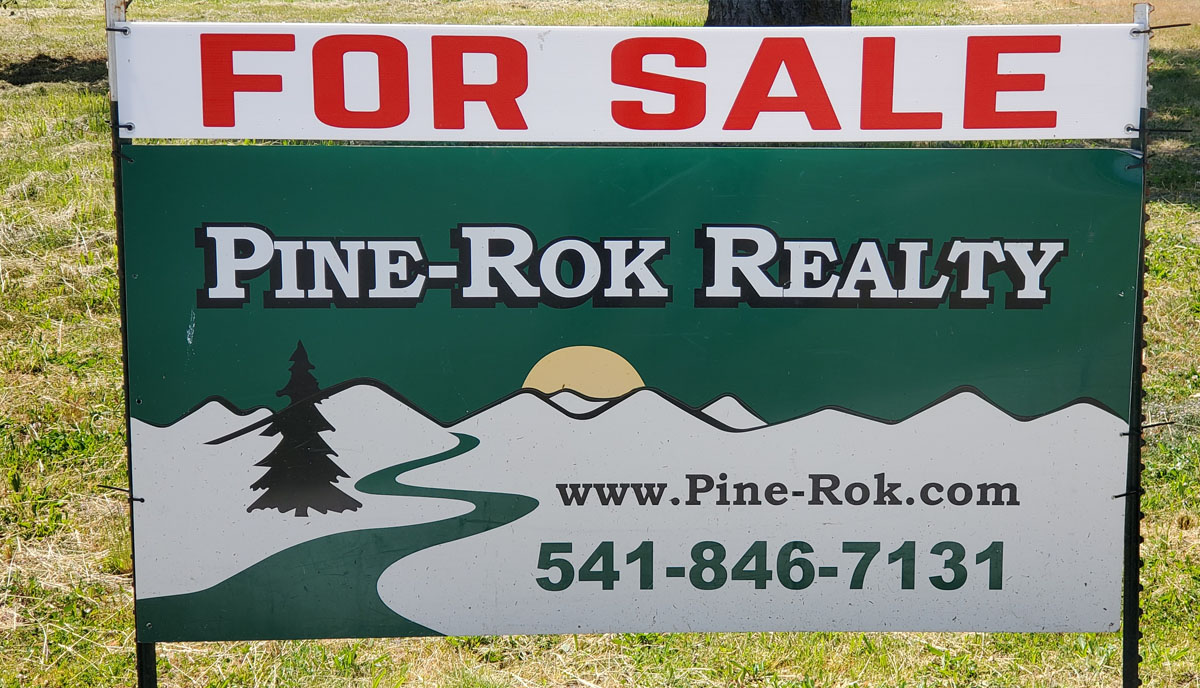I am a big fan of cash flowing real estate as it has so many advantages over investing in the stock market. I know this firsthand, since I invested in both. Over my lifetime I have invested more money in the stock market than I have invested in real estate, yet my real estate returns have far outpaced the securities I own.
Often when you see a comparison between the two, the rise of the Dow Jones Industrial Average (DJIA) is compared with the rise of the single-family housing market. These two market profits often come out about the same. This is an unfair comparison. Most of the profits from the stock market come from the rise of the DJIA. But the rise in the value of single-family homes doesn’t reflect real estate’s return on your investment. And for the most part, we should not be investing in single-family homes, but in multi-family housing, which is much more profitable and easier to take care of. At the end of this article, I reference a real-life comparison of the two investment options.
The following are the benefits we get by investing in real estate. Frankly, the cash flow alone is a good enough reason to invest in real estate, without all the other advantages. Today, my family lives very nicely on the cash flow from our four properties. The same cannot be said about the larger investment I made in the stock market.
Cash Flow
This is by far my favorite aspect of owning investment real estate. Every month, without doing anything on my part, my property management company sends me a nice fat check. This goes on even if I’m in the middle of a six-month world cruise.
The cash flow also continues to go up every year with inflation. In fact, rent rates are one of the factors considered when calculating inflation rates. So as the cost of living goes up every year, the amount of cash flow goes up too.
If I lived on the money in my stock portfolio, I would have to decide which stock to sell to have spending money every month. I would need to make that sale whether the market is up or down. But with real estate, I don’t need to sell anything to continually have money to spend in retirement.
Leverage
The standard way real estate investments are purchased is by using leverage. One can put 20% down, or any other amount, and finance the rest. The beauty of this is the owner is not the one who pays off the loan. The loan gets paid by the rent collected from the tenants. Every time money is collected from the tenant and a mortgage payment is made, a portion of the loan is paid down, which becomes an increase in the owner’s net worth.
Another great thing about the leverage is the boost it makes in the return. We might only put down 20% of the purchase price but get to use the entire purchase price when calculating depreciation and appreciation. That means those numbers are five times greater than they should be based on the amount of money put into the deal.
Depreciation
The government has been very helpful with taxing real estate income. We are allowed to depreciate the building by dividing the price of the building, not just what we paid as a down payment, by 27.5 and can take that deduction on our taxes every year for 27.5 years.
If I bought a $1,000,000 multi-family property, and the land is worth $100,000, then the building is worth $900,000. Divide that by 27.5 and I end up taking a $32,727 reduction in taxable income every year for the next 27.5 years. This allows me to write off an expense from my taxes that never actually occurred. I didn’t spend this money, but I get to write it off as a loss.
At 20% down, I invested $200,000 in the property but the depreciation is figured on $900,000. So, the first $32,727 dollars the property earns each year is not taxed. That means the first 16% return on investment is tax free. If my real estate income isn’t high enough to use all the depreciation in a given year, it rolls over to the next year.
Because of depreciation, I did not pay any taxes on my real estate profits for almost a decade. After that I was only taxed on what I earned above $32,727.
There are additional factors to the depreciation rules that allow us to accelerate some of our depreciation, allowing us to get more depreciation in the first few years and less in the later years.
Appreciation
As inflation marches on, the value of investment real estate continues to climb. Even though we only put 20% down, 100% of the property is appreciating each year. The amount of appreciation is not very useful as it doesn’t put food on the table, it only shows up as a larger net worth. We don’t truly realize the benefit of this increase until we sell the property at its new higher price.
In the prior example, if my $1M property appreciates in value by 5% ($50,000), that is a 25% return on my $200,000 investment (down payment) that will not be taxed.
Other tax write-offs
Having an investment property means you can do some of the work involved in running the rental if you want, which will increase your profit and it also opens another group of tax deductions because it counts as a business. Miles driven, company car, business travel, equipment you use for the property, as well as other things can now become a write-off.
One of my favorite tax advantages is being able to hire your kids without paying any payroll taxes. Your kids are earning money that could be put into their Roth IRA. Most kids could put enough money into their IRA during their teen years working for you that their account would be worth more than a $1,000,000 by the time they retire.
If you venture into the area of real estate professional status, you can use tax write-offs from the real estate to offset your earned taxable income from your job. There are also ways to accelerate your depreciation so much that you pay no income tax from your job as a physician.
1031 exchanges
This is a super cool way to put off paying any taxes on property appreciation. If a stock doubles in value, when we sell it, we owe taxes on the profits. If our property doubles in value, but instead of selling it and taking the money, we sell it in exchange for a bigger property, no taxes are owed on the profits from the sale!
It is possible to continue to grow real estate investments through 1031 exchanges and not pay any capital gains taxes.
Stepped up basis at death
If the taxes owed on appreciation are funneled through 1031 exchanges or by simply holding the investment until death, then when your kids inherit it, they get it at the new higher value. Thus, the taxes for the appreciation are never paid. The kids could sell the property immediately upon inheriting it and pay no taxes on its increased value. They could repeat what you did and several generations could go by having never paid any capital gains taxes on the property appreciation.
Extended family benefits
Real estate can be used to help your extended family. When I got started, I had a lot of mortgages on my properties. I then began to sell the mortgages to my retired family members so they could earn better interest on their money.
Instead of them collecting the 1% interest the bank was paying, they collected the 6% interest the bank was charging me to borrow the money my family deposited into the bank. My family members received a huge jump in interest when we cut the bank out of the loop. I paid them the same amount I would have paid the bank, and they loved it.
You can also give a family member a job working on your properties.
As you can see, there are lots of ways money is made when investing in real estate that do not occur in stock market investments. That is why my real estate investments have done so much better than my stock investments. You can see my actual results in my article, Who Wins: Real Estate or The Stock Market? A Real-Life Contest.
If you are not sure you can pull the trigger and invest in real estate, please read my book, The Doctors Guide to Real Estate Investing for Busy Professionals. It walks you through, step by step, how to buy a property, and once you own a property how to run it without it becoming a second job. You will likely see that you can do it too, because it can be done with almost no time invested by following the path I lay out in the book.





